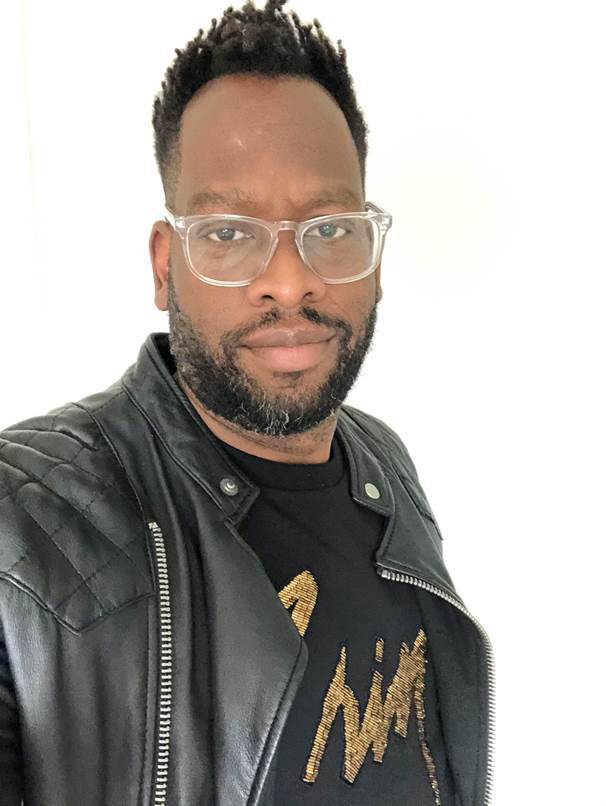
Spider-Man: Miles Morales is a unique video game on many levels, but one of the most apparent is how directly it tackles the issues of inclusiveness and diversity. From the biracial hero to the Black Lives Matter mural that stands five stories high as you traverse the city, it’s a game that doesn’t just pay lip service to these critical issues.
That’s a credit to the team that built the game – writers, artists, consultants and managers. Included among that crew was Evan Narcisse, a Texas resident who served as a narrative design consultant on the game. It’s a broad job that includes looking over scripts, pitching side quests, discussing story changes, writing one side quest and giving notes after playing the game every couple of months.
It wasn’t Narcisse’s first work on a video game (that’d be writing a few lines for Marvel’s Spider-Man). But he’d been thinking about the issues the game brings up for years, as both a long-time reporter covering the video game and comic industries and as the writer of Rise of the Black Panther, a hugely popular comic published in 2018.
“We wanted an element of social justice awareness to be part of the game,” says Narcisse. “For me, personally, that was very important. One of the earliest and most consistent conversations we had about Miles as a character was ‘what makes him different than Peter Parker?’. And one of the things is his cultural background. Taking that into account, we wanted to reflect those elements of his character with a lot of specificity – like getting the Spanglish right and having it be like New York Rican Spanish, as opposed to Spanish from Madrid or the European continent.”
Spider-Man: Miles Morales, of course, wasn’t the first game to address diversity. Others, such as Assassin’s Creed Freedom Cry and The Last of Us: Part II, prominently feature storylines or characters for underrepresented groups of people. There’s certainly room for improvement, though.
One key way to do that is increase diversity at game studios, bringing in new points of view and experiences. And doing so, says Narcisse, might require some rethinking about the hiring process as a whole.
“The pipelines need to be reevaluated,” he says. “Where people are being sought out, what the qualifications are – all that stuff can be changed. There are so many economic factors that probably aren’t being considered. I mean, do you need to go to a 4-year college to be an animator? Can you learn on the job? And I don’t have those skills. I don’t know the wherewithal needed to develop them, but I think there can be some mentorship and some partnership with higher education institutions on the part of the industry to reevaluate and reconfigure its pipeline.”
Part of the risk of not having an inclusive, diverse workforce is people who do bring other viewpoints often burn out quicker, since they don’t have peer groups (or, at best, have small ones) to talk with. And fighting battles about representation can be lonely work when you’re the only voice in the room. Worse, still, when someone from an underrepresented group burns out, it means they’re unable to build pathways for others to follow them, which would build those peer groups.
That’s frustrating, since the potential for video games to address societal issues is vast, notes Narcisse.
Like comics or science fiction, video games are often quite metaphorical. That means you can have a conversation about a difficult topic without making the party you’re talking to defensive or uncomfortable.
“Because games are inherently systemic, they are uniquely equipped to talk about large scale problems because you can model that stuff through the game design,” he says. “If you take on issues of police reform or economic reform or legislative reform, you can model that stuff in a game in a way that can be exciting and revelatory to an audience that doesn’t pay attention to political headlines or couldn’t be bothered to look at every measure put on a ballot.”
To illustrate that point, Narcisse is working with a team today on a game that, at its core, is about housing injustice. While the issue can be hard to grasp in abstract terms, when transformed into a video game, it’s compelling.
“Any creative medium [can change someone’s mind],” he says. “The execution has to be there. The institutional will has to be there. But it’s totally possible. … As a medium video games are only going to get better at that by having a more diverse, inclusive pool of creators in the first place. That’s the hurdle.”



